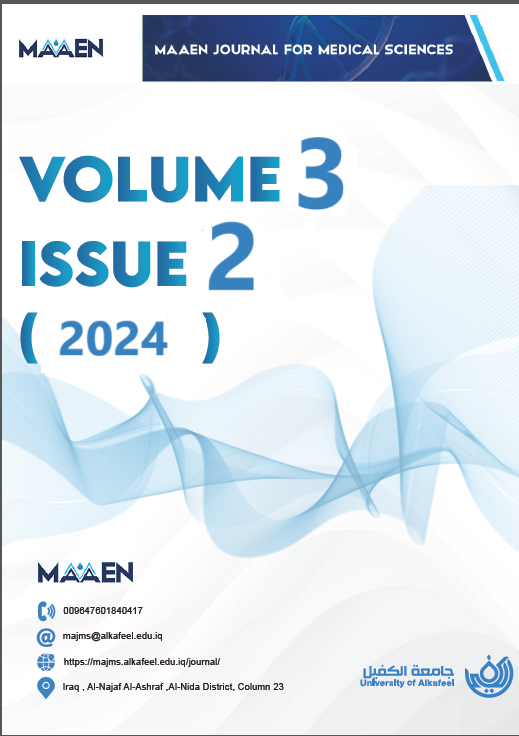Abstract
Sickle cell disease (SCD) is a hereditary ailment that can cause severe pain and suffering to people who are affected.
However, with continued investment in research and treatment options, we can make progress towards improving the
lives of those with SCD. Over 40% of patients experience painful vaso-occlusive crises (VOCs), so we must work towards
finding solutions and providing support for those living with this condition, These episodes, a hallmark of SCD,
significantly contribute to morbidity, mortality, and a diminished quality of life, while also incurring substantial
healthcare costs. Chronic pain particularly affects older adolescents and adults with SCD, with over half reporting daily
discomfort. Opioid-based analgesics, though still the main form of pain management, have limitations. Their effectiveness is limited, and they come with risks of adverse effects and addiction. Therefore, exploring alternative, for pain
management strategies is crucial. This review dives into the potential of pharmacological supplements for this purpose.
Deficiency in vitamin D is linked to increased complications in SCD. While evidence suggests vitamin D supplementation might help manage pain in SCD patients, more clinical trials are needed to confirm this benefit and determine the
most effective dosage. L-arginine supplementation shows promise in reducing pain and hospital stays, while inhaled
nitric oxide has yielded mixed results. Zinc deficiency is common in SCD, and supplementation may decrease infections,
improve immunity, and reduce pain crises. Because of their anti-inflammatory qualities, omega-3 fatty acids may lessen
the frequency of pain and inflammatory markers. Overall, the evidence for most supplements remains inconclusive,
highlighting the need for further clinical research for promising supplements of vitamin D and omega-3, to establish
definitive conclusions regarding their efficacy and safety in SCD patients. Exploring combination therapies and tailoring
interventions to individual needs may hold promise for comprehensive pain management strategies.
Sickle cell disease (SCD) is a hereditary ailment that can cause severe pain and suffering to people who are affected.
However, with continued investment in research and treatment options, we can make progress towards improving the
lives of those with SCD. Over 40% of patients experience painful vaso-occlusive crises (VOCs), so we must work towards
finding solutions and providing support for those living with this condition, These episodes, a hallmark of SCD,
significantly contribute to morbidity, mortality, and a diminished quality of life, while also incurring substantial
healthcare costs. Chronic pain particularly affects older adolescents and adults with SCD, with over half reporting daily
discomfort. Opioid-based analgesics, though still the main form of pain management, have limitations. Their effectiveness is limited, and they come with risks of adverse effects and addiction. Therefore, exploring alternative, for pain
management strategies is crucial. This review dives into the potential of pharmacological supplements for this purpose.
Deficiency in vitamin D is linked to increased complications in SCD. While evidence suggests vitamin D supplementation might help manage pain in SCD patients, more clinical trials are needed to confirm this benefit and determine the
most effective dosage. L-arginine supplementation shows promise in reducing pain and hospital stays, while inhaled
nitric oxide has yielded mixed results. Zinc deficiency is common in SCD, and supplementation may decrease infections,
improve immunity, and reduce pain crises. Because of their anti-inflammatory qualities, omega-3 fatty acids may lessen
the frequency of pain and inflammatory markers. Overall, the evidence for most supplements remains inconclusive,
highlighting the need for further clinical research for promising supplements of vitamin D and omega-3, to establish
definitive conclusions regarding their efficacy and safety in SCD patients. Exploring combination therapies and tailoring
interventions to individual needs may hold promise for comprehensive pain management strategies.
